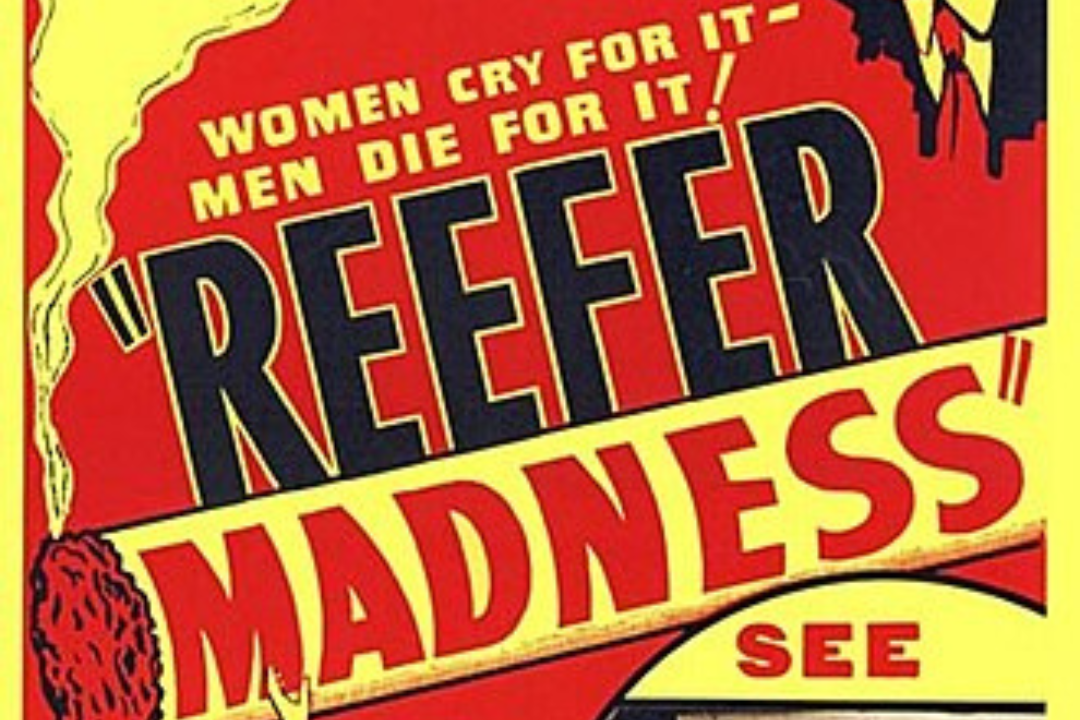
What was Reefer Madness?
Reefer Madness played a huge role in shaping society’s unjust view of cannabis by embedding fear-based myths into the public consciousness. The film reinforced the idea that cannabis use led to madness, violence, and moral decay—despite a complete lack of scientific evidence. This propaganda helped justify harsh legal restrictions, fueling decades of prohibition and criminalization, often targeting marginalized communities. Even today, remnants of this misinformation persist, influencing policies and perceptions. While we’ve come a long way in debunking these myths, Reefer Madness serves as a reminder of how powerful media can be in shaping public opinion—sometimes for the worse.
What Was Reefer Madness?
If you’ve ever heard someone jokingly refer to exaggerated fears about marijuana, you’ve probably come across the term Reefer Madness. But what exactly was it? Let’s dive into the origins of this notorious piece of propaganda and how it shaped the conversation around cannabis for decades.
The 1936 Film That Started It All
Reefer Madness was originally a low-budget film released in 1936 under the title Tell Your Children. It was financed by a church group and intended to warn parents about the supposed dangers of marijuana use. However, it didn’t take long before the film was picked up by exploitation filmmakers who saw an opportunity to sensationalize it for commercial gain. By the 1940s, it was rebranded as Reefer Madness and became infamous for its over-the-top portrayal of marijuana users.
Fear, Misinformation, and Moral Panic
The movie depicts a series of extreme and completely fabricated consequences of cannabis use: young people spiraling into insanity, committing violent crimes, and even meeting tragic deaths—all after a single puff of weed. These absurd exaggerations fed into the growing hysteria of the time, reinforcing fears that marijuana was a direct path to moral and societal decay.
The Context: The War on Cannabis Begins
The 1930s were a turning point for cannabis in America. Fueled by a mix of racial prejudice, economic interests, and media sensationalism, figures like Harry Anslinger—the first commissioner of the Federal Bureau of Narcotics—used Reefer Madness as part of a broader campaign to criminalize cannabis. This ultimately led to the intentionally-racist Marihuana Tax Act of 1937, which severely restricted its use and paved the way for decades of prohibition.
From Propaganda to Cult Classic
For years, Reefer Madness remained largely forgotten. But in the 1970s, it was rediscovered by counterculture audiences who embraced it as unintentional comedy. Today, it’s considered a cult classic, often screened at midnight movie showings where audiences laugh at its ridiculousness rather than fear its message.
The Legacy of Reefer Madness
While the film is now mostly seen as a joke, its impact was very real. It played a role in spreading myths about cannabis that persisted for decades, influencing policies and public perception. Even today, echoes of Reefer Madness-style fear-mongering can be found in certain anti-cannabis rhetoric.
So, the next time someone mentions Reefer Madness, remember—it’s not just an old movie; it’s a relic of a time when misinformation ruled the conversation. Thankfully, we’re moving toward a future where facts, not fear, shape our understanding of cannabis.

